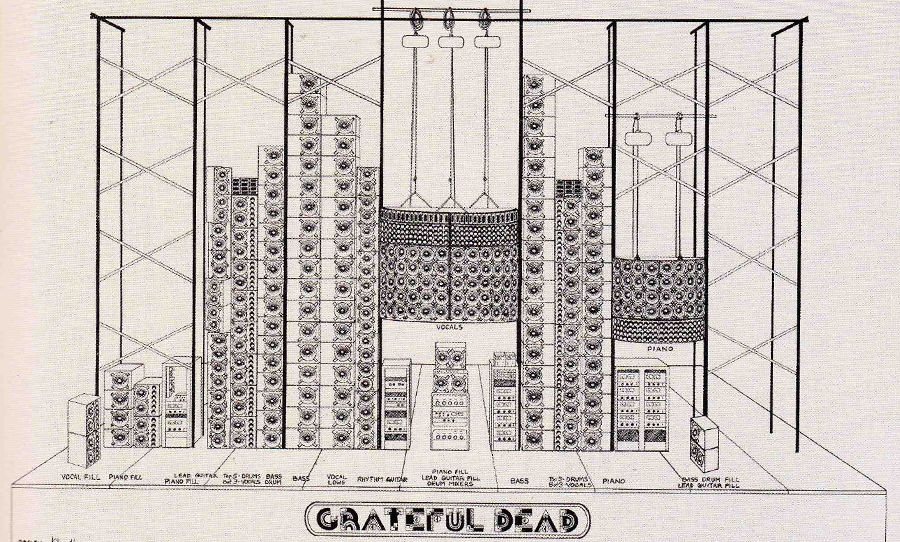Get the latest tech news
Beyond the wall: Working with aperiodic tilings using finite-state transducers
[Simon Tatham, 2024-06-10] [Part of a series: Penrose and hats | Spectres | finite-state transducers] In two articles last year, I described a very convenient recursive algorithm for generating random patches of aperiodic tilings in a computer program, using a system I called ‘combinatorial coordinates’. The first article introduced the idea, and applied it to the well-known Penrose tilings and the ‘hat’ tiling (newly discovered at the time).
The lower space and time costs are a nice improvement in theoretical terms, but in practice, your coordinate strings are all short enough that it doesn’t matter a great deal (because they grow like the log of the size of patch you’re generating). Suppose it crashed the first time you tested it, for the same reason my Spectre one did – you hadn’t connected up the random numbers yet, and you’d accidentally fed in a fixed sequence of coordinates that defined an infinite supertile boundary. But I haven’t been able to build a working adjacency recogniser for it, and I’ve tried fairly hard – I added lots of extra sophistication to my code to handle the awkward cases that come up, but never got the result to pass my completeness check.
Or read this on Hacker News
